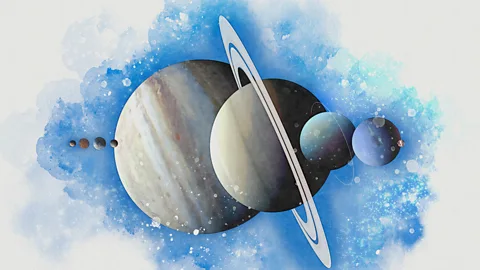Planetary alignment 2025: This is what it really means when seven planets line up in the sky
by Jonathan O’Callaghan

Stargazers will be treated to a rare alignment of seven planets on 28 February when Mercury joins six other planets that are already visible in the night sky. Here’s why it matters to scientists.
Peer up at the sky on a clear night this January and February and you could be in for a treat. Six planets – Venus, Mars, Jupiter, Saturn, Uranus and Neptune – are currently visible in the night sky. During just one night in late February, they will be joined by Mercury, a rare seven-planet alignment visible in the sky.
But such events are not just a spectacle for stargazers – they can also have a real impact on our Solar System and offer the potential to gain new insights into our place within it.
The eight major planets of our Solar System orbit the Sun in the same flat plane, and all at different speeds. Mercury, the closest planet to the Sun, completes an orbit – a year for the planet – in 88 days. Earth’s year, of course, is 365 days, while at the upper end, Neptune takes a whopping 60,190 days, or about 165 Earth years, to complete a single revolution of our star.
